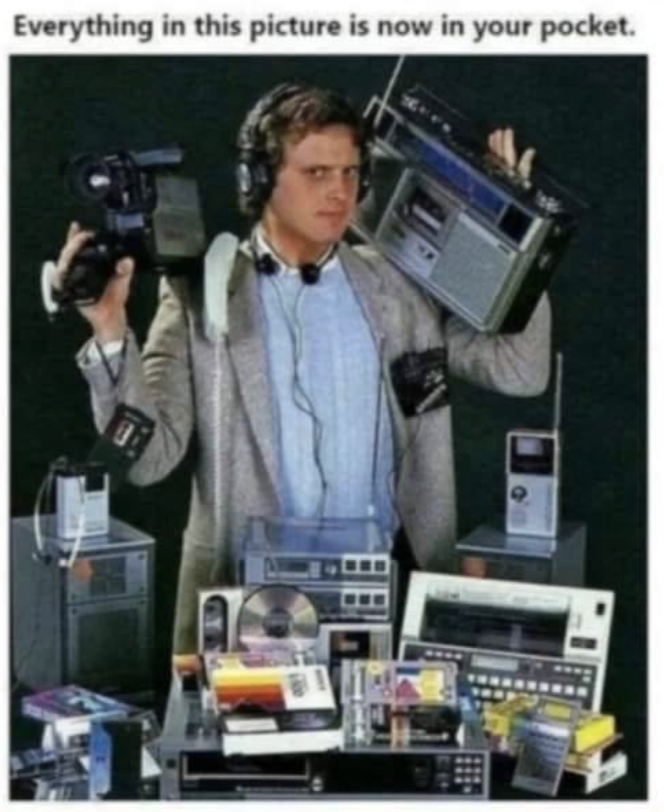Media in the metaverse: Creating content in the future

What does the merging of our physical and virtual reality, our so-called “digital twin life” mean for broadcasters and legacy media companies? In what way is it relevant to your work? And how do we navigate the fact that the media industry is becoming more complex than ever?
From understanding the metaverse to immersive experiences and AI, the technology still evokes a lot of uncertainty. Will it mature? And if so, when? Will the user eventually use it? And what is the role of legacy media and public broadcasters in this possible future? With the help of Sofie Hvitved from Copenhagen Institute for Futures Studies, Anne Mckinnon from Ristband and Reinhart De Lille of Soundstorm Online, our last Meet The Makers recap dives into the direction that technology is heading.
The Framework in the FutureS
Sofie Hvitved is Futurist and Head of Media at the Copenhagen Institute for Futures Studies. CIFS is an independent non-profit, futures think tank that has the vision to reduce complexity with structured foresight to overcome entrenched short-termism and inspire change and innovation. Besides being internationally active, CIFS is also one of the oldest institutions working with the future in the world. But being a futurist is not about having a crystal ball or predicting the future. It is all about trying to see some of the trends and societal patterns that are emerging, thereby creating a 360° view of what might happen in the possible futures. Besides that, futurists also ask themselves: what is our preferable future?
Sofie’s work focuses on the future of media. This includes the metaverse, which is something we are inevitably moving towards. We often try to grasp the metaverse by attributing it to one company or one concept. However, it is a complex field with many layers and different companies. Going into the future, the metaverse still has a lot of uncertainties. These are the questions futurists like Sofie try to unravel. For instance: will the metaverse be something that is based on Web 3.0 and be open? Or will it be decentralised and based on non-fungible tokens? CIFS takes those two uncertainties and builds scenarios on that.

According to Sofie, it all comes down to the new audience’s expectations. There is a growing demand for tailor-made and seamless solutions. People want everything faster, easier and hyper-personalised. So the media needs to find new ways of creating engagement in the digital age. All these needs point to the metaverse in an immersive way. How can we reach the future audience with new kinds of content? An example Sofie gave is the latest fashion show by the clothing designer Tommy Hilfiger. You can now buy their clothing inside the parallel world, giving your digital twin the chance to represent themselves as you would in the real world.
CIFS doesn’t do predictions themselves, but Sofie showcased several reports on the metaverse. One of them is called “Value creating in the Metaverse”, by McKinsey & Company. This report predicts that by 2030 it’s entirely plausible that 50% of live events will be held in the metaverse, which is an interesting prediction. McKinsey also cited that the average internet user might spend up to six hours a day in metaverse experiences by 2030.
So what is the metaverse exactly? It is everything between our virtual and physical environment. A seamless convergence of our physical and virtual lives with overlapping realities: we have realities that are virtual that we’re going to have to value somehow equally with our physical reality.
The internet thing
The metaverse may look like a big timeline, but just like the rise of the internet just twenty-five years ago, it takes some time for this to affect the way we create content. A lot of media companies base their decisions on data, but you have to distinguish between research and data research. For example, we could not have seen with any of the data we have what an impact the internet has played on the media industry. We are in a similar situation now. According to Sofie, the metaverse and the move towards it, combined with AI and other technologies, is going to change the way we create content in the future radically. So all media should ask themselves the question: what is our role in the future media landscape and are we fit for this? Everyone should be a part of that conversation and share the knowledge and challenges, making sure they build on the best possible structured conversation about what the future might bring.
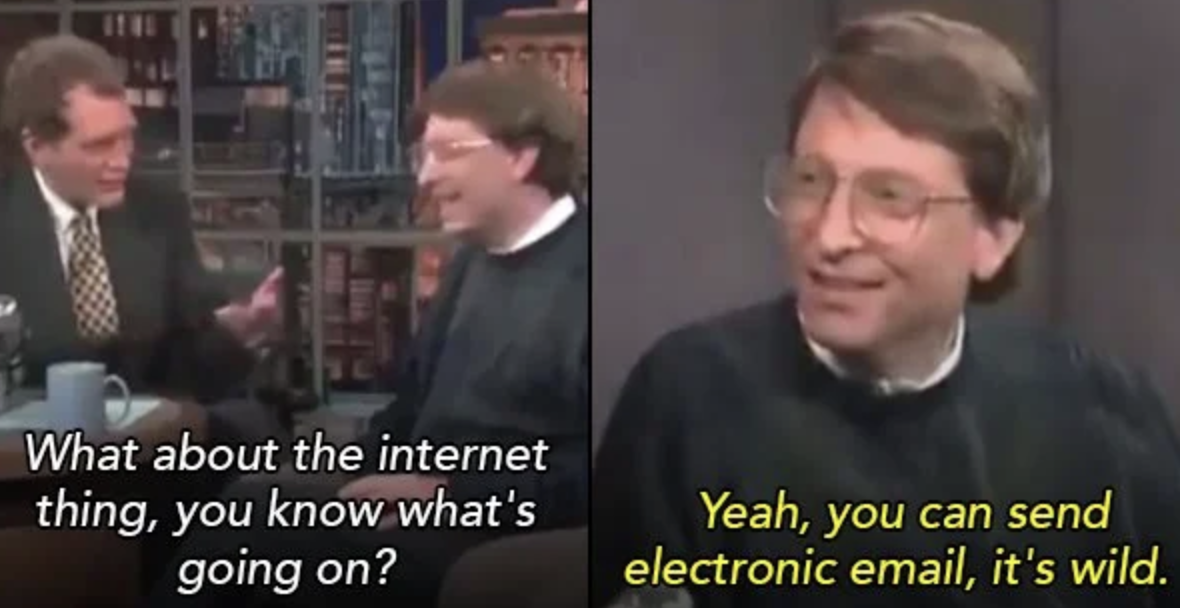
In the 90’s the internet started with data (websites, e-mail), later it moved on to people (social media) and in the 2010's it moved on to things (sharing economy). In 2022, we are at the internet of place, with immersive technologies, avatars and NFTs with a new, virtual economy lying underneath. There is no prediction about where the metaverse is going yet, but it is moving towards smaller and invisible technology that underlines and supports the immersiveness that we are certainly moving into.
For people that have been in the media industry for a long time, it is sometimes hard to think outside of the expert and group bias: they are thinking outside of the box but inside the box. One of the pitfalls for broadcasters is that the legacy and the way of doing things make it more difficult to look into different futures. Because without taking the possible futures into account, you have no idea where you are going.
During the pandemic, the New York Times research and development team saw that a lot of people didn’t understand what masks were doing against the spread of Covid, so they decided to explain it in a new way. The NYT collaborated with the Healthy Buildings program at Harvard and created a virtual mask that you can move into with your phone or computer. This way, you could see what exactly happens when you wear a facemask. 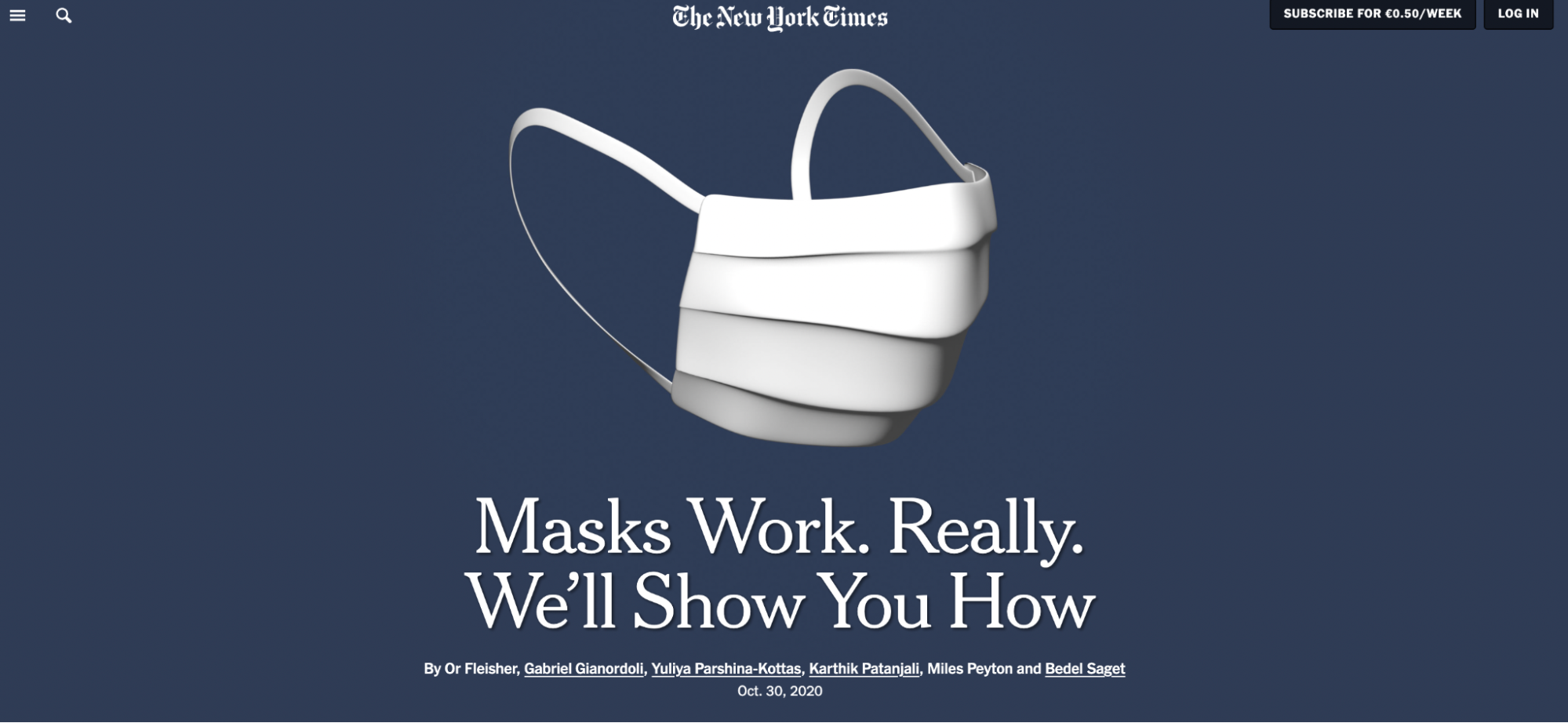
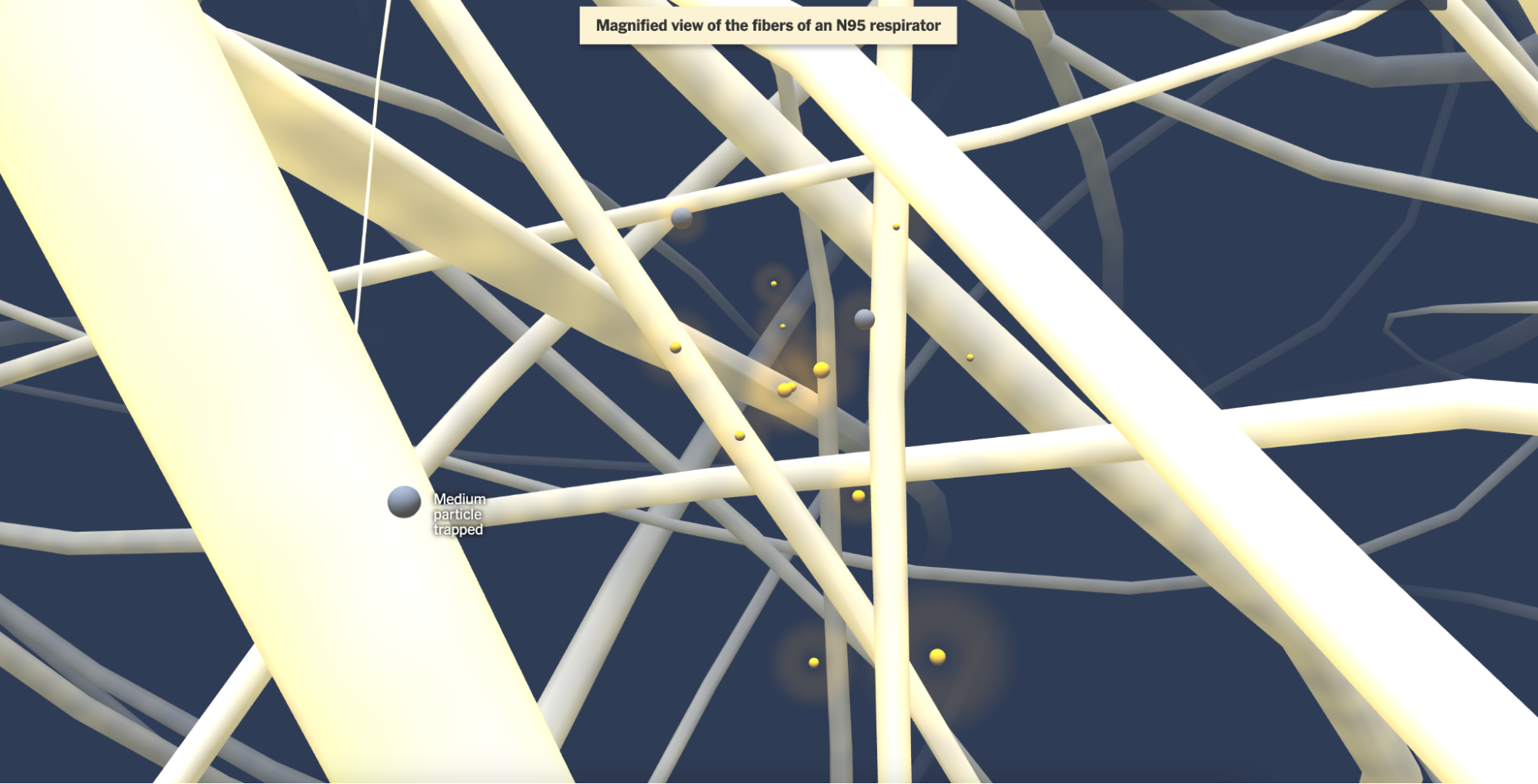
How can you elevate some of the storytelling that you do? Currently, there is a lot of power in the hands of the content creator and the consumer, who often produce and use at the same time. Sofie gave the example of Seen.tv, a platform that involves young users around the world with AI. What Seen.tv does is try to give some tools to users around the world to tell their stories that are being elevated by these extra filters that they can use to create some nice content. By doing so, Seen.tv helps people share their human stories and creates a more empathetic and understanding world.
With AI, there is a lot of potential to help and empower an organisation on all levels. There are a lot of new easy-to-use tools coming up that can help someone create great quality content. Going from tools for non-native language speakers, to filters or avatars to take into the metaverse. There are always going to be threats when it comes to building content based on AI. But when it’s used for good, we are only just seeing the surface of all the possibilities AI has to offer.
The new ownership economy
The metaverse is not just about this immersiveness. It is also about who owns the data, the creations and how we earn money on our own creations. Adam Mosseri, the CEO of Instagram, says that the greatest risk a platform faces is not competition. It is that the world changes to make what you do irrelevant because you are not willing to lean in and change along with the world. This is something for media companies to keep in mind because you don’t have the right to win, just because you are a legacy company. The key is to keep staying relevant.
The part that currently is most relevant for content creation in the media is that it’s all about controlling your outreach. How can we create content like that? Blockchain provides unique opportunities to prove ownership and offers new degrees of commitment. This can build new engagement and new ways of having subscribers. For example, Time Magazine is currently changing its whole subscription model to NFTs. Although NFTs are having a tough time now, there is still a lot of potential for new user engagement, ownership and utilities that are built around these Non-fungible tokens.
What are the competencies that your organisation has? What are the tools that you are starting to learn and what is the language that you use when you discuss content production? Should you maybe start to look into these things in the way that you create content moving forward? This doesn’t have to be expensive. With the help of AI tracking, it can be made a lot cheaper. However, there is a limit on how many people can be inside these virtual worlds at the same time and the experiences that we can have. However, it is interesting to look into the potential of where we might be heading.
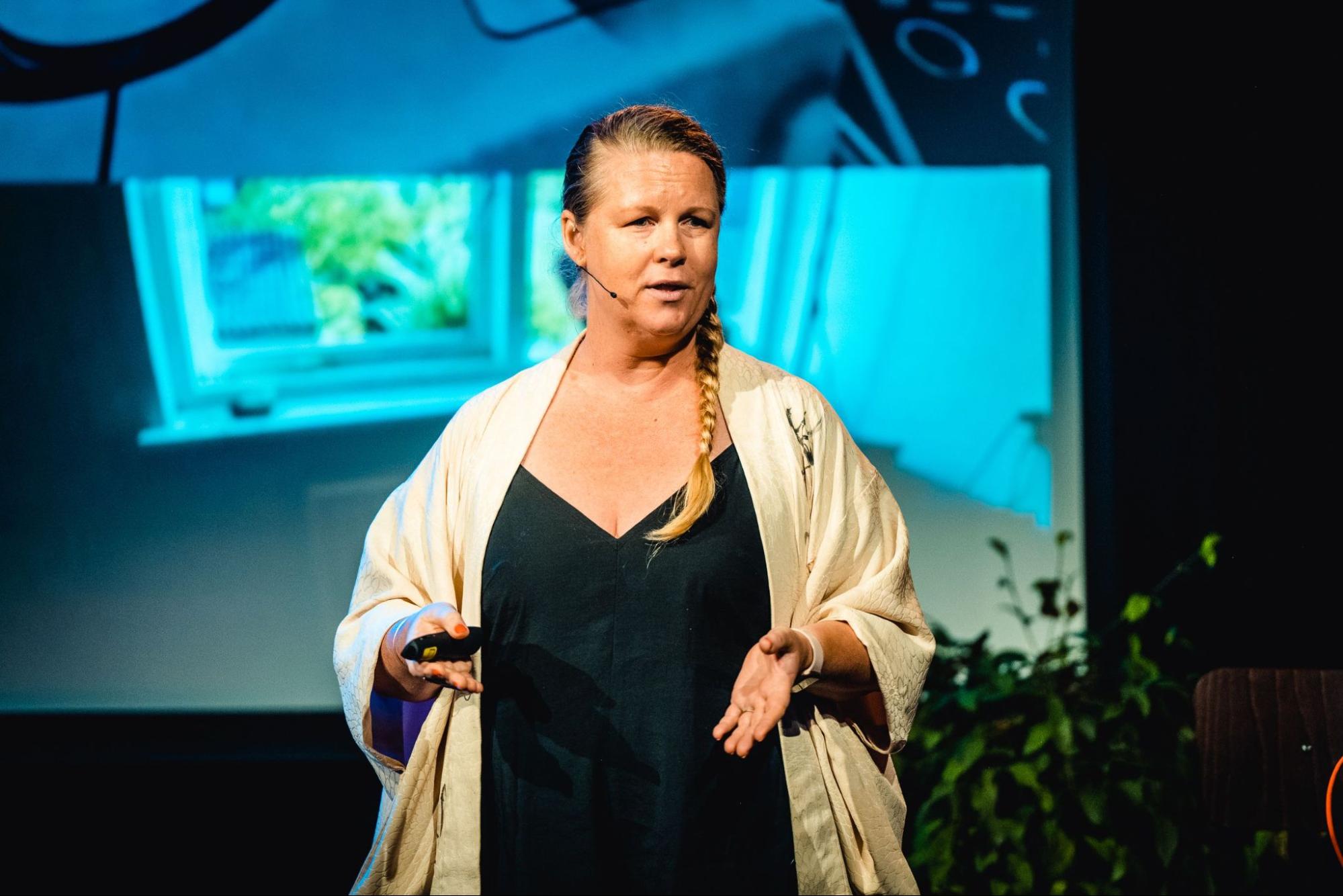
Five tips to be metaverse-ready
- Play around with apps and lenses. They are already there in Instagram, YouTube and Snapchat.
- Buy a pair of VR glasses
- Buy an AR developer kit: see how you can create more content
- Get a crypto wallet and buy a cheap NFT
- Create an avatar and visit a virtual world
Being a creator in the metaverse
After Sofie’s presentation, Niels Van Duyse invited Anne Mckinnon, CEO and co-founder of Ristband and Reinhart De Lille of Soundstorm Online to join a discussion about the future of live entertainment in the metaverse.
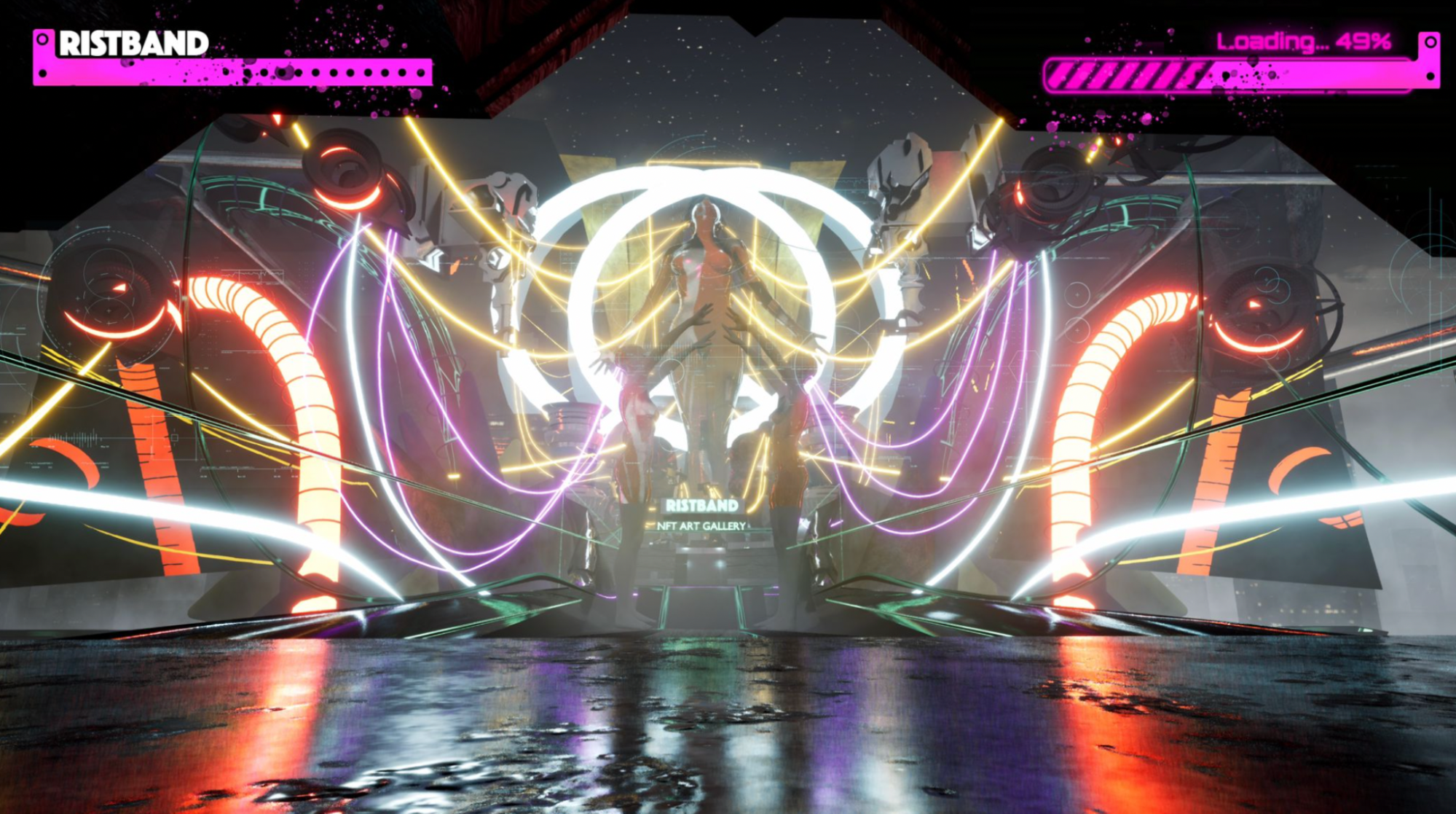
Anne began working with her cofounder long before the launch of the startup. Roman Rappak- Ristband's cofounder, and frontman of indie/electronic band Miro Shot-has been creating live VR concerts since 2016, using game engines, projection mapping, custom scents and haptics to evolve what a concert is and can be. The two began collaborating in 2018. Then, when COVID shut down the entire live events industry, they began experimenting with taking what they'd learned about using game engines in live experiences, to bring live concerts into game platforms and virtual worlds. After nearly a year of underground events and R&D, the team launched Ristband in the fall of 2021. Shortly after, they received an Epic MegaGrant to develop the first iteration of their own music metaverse platform Ristband- an open-world metaverse platform made especially for the needs of the music industry, brands and fans.

Reinhart De Lille is a serial entrepreneur who “accidentally built a metaverse” during Covid. Bored of the endless Facebook live streams, Reinhart started looking for a way to get the social dimension of an event back. So within nine months, he and his team built a platform where the artist can play in front of a big screen and see the audience as avatars in real-time.
Anne compared attending a virtual event to online shopping: it is still the best thing to have a real-life experience, but the one doesn’t replace the other: websites don’t replace the storefronts. The same goes for concerts. Because what if you can’t go or the concert is sold out? That is why Ristband creates a digital twin for its real-life events, which is much more than just sticking a video on a screen in a 3D environment. You can do this in the metaverse like play games, interact or even make music. The result was that their first event was attended by 27 times as many people in the metaverse as it was in real life. This showed a couple of things: there is a huge desire for people to hang out online. Sometimes people that are fans of a band in the real world also want this virtual experience. That is why Ristband has a special focus on the fan ecosystem. Anne gave the example of hiding an unreleased track in Ristband while the band was playing. Their primary focus is music, but broadcasters and sports stadiums are also reaching out.
For Soundstorm Online, the experience has been a bit different. Soundstorm Online's mission during Covid was to bring the music back to the audience. But the team quickly found out that the music audience isn’t necessarily the gaming audience. A lot of people still don’t know how to use the particular technology and relate to the social online community. How can you create that bond that gamers tend to have? And how do you use the metaverse as someone that isn’t entrenched in gaming culture and its specific language? Not only was the design narrative for the users important, but getting the artists excited about the idea was also a challenge on its own. By calling it more of a game experience than a live stream, it became an easier concept to grasp. Because some people have never been in this world. So how do you make onboarding in this new, very powerful experience fun?
One of the things that Reinhart, just like Anne, also learned is that you are the one that has to bring in the entertainment. The audience gets bored relatively easily, so you have to have all kinds of things to trigger people to get more immersive, for example, a quest where you can win prizes.
The Wild Wild Web
In the virtual world, some rules differ from the real world. But how do you deal with people that enter your platform and don’t obey those rules? According to Anne, it comes down to design choice. In a sense, the makers can create the rules and are responsible for the platform. With Soundstorm Online for example, you can’t turn off your webcam, just like you can’t turn off your face in real life. You have to ask yourself: what do I want people to do on my platform and what are the consequences? Just like any real-world event, there is a sense of how you should behave. Ideally, those rules should also be enforced in the metaverse. When it comes down to it, you have to ask yourself: what do I want my platform to be like? And then make a design choice to curate that environment. Reinhart brought up the idea of moderating the platforms through AI in line with the terms and conditions the platform sets up.

Looking into the future
Currently, everyone is looking forward to the AR glasses that Apple is planning to release. Will the technology be as revolutionary as the original iPhone? Because when Apple comes up with something, it tends to be a disruption of the industry. In the meantime, Meta is coming with three new VR headsets. According to Sofie, these technologies still need to mature. But once they actually deliver the audience will overcome some of the uncertainties of entering these worlds.
However, the future will not be created by these big companies. If we’re looking at the shift from Web 2.0 to Web 3.0 in the metaverse, it is a very different way that younger generations are interacting. Facebook, Meta, Google are not well equipped to create the future of socialising. They will definitely create some really great hardware, but it’s going to be the younger people creating the content and defining what that actually looks like in the future.
For future reference
The discussion around the metaverse is too intricate to provide a one-and-done solution for what you can do to be future proof. The media industry has become more complex than ever, and it is essential to start thinking today about what that future will look like. We need to create a shared language, so we can take action and go in the right direction together. Invest in a future media hub, experiment with VR, AR and AI and ask questions about how you want to position your brand in the metaverse. Because the future is right in front of you, and if you wait too long you will miss it.
